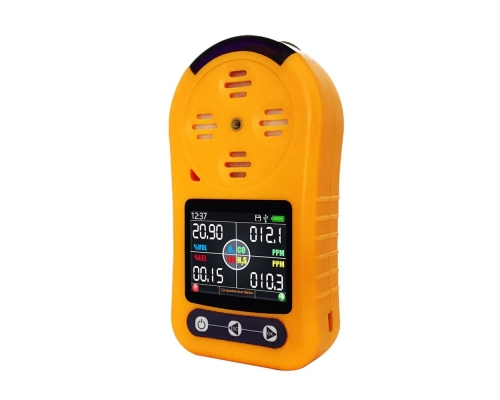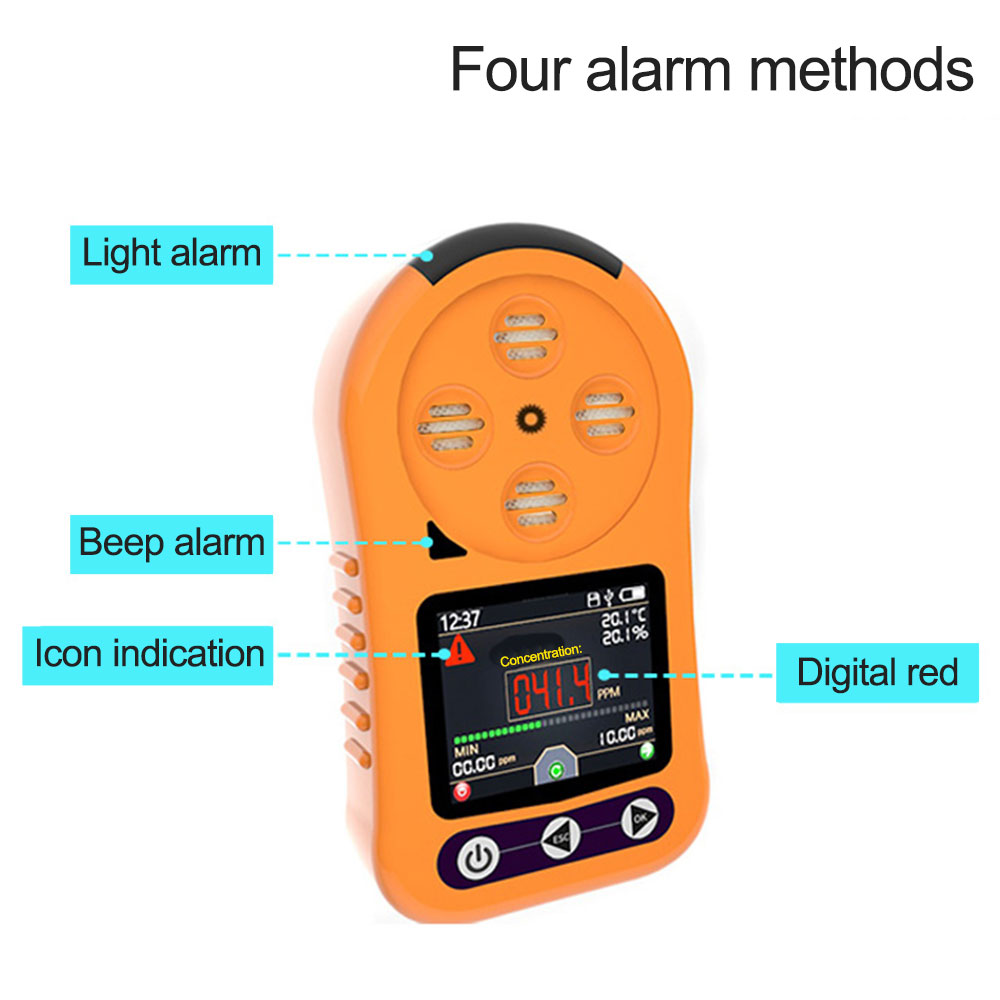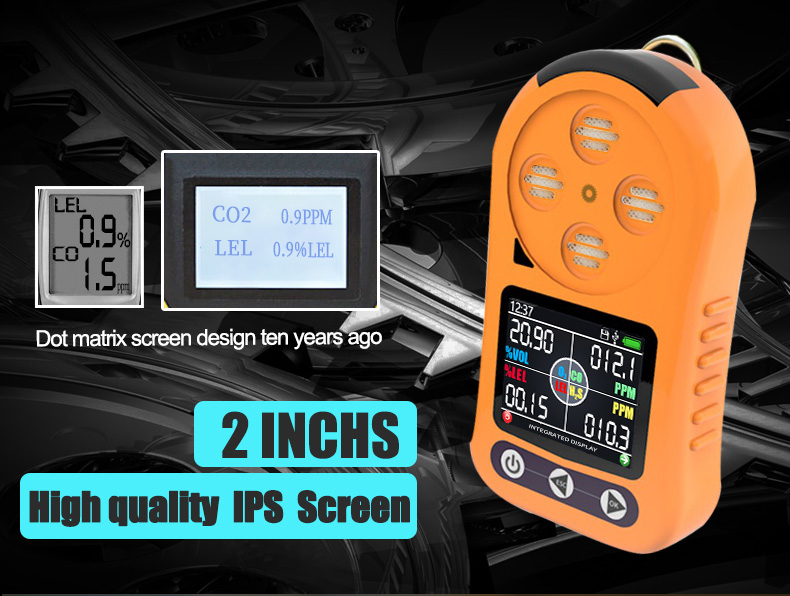
What Is The Multi Gas Detector?
One of the questions that customers often ask in the gas detection industry is what is a multi gas detector?

One of the questions that customers often ask in the gas detection industry is what is a multi gas detector?
One of the questions that customers often ask in the gas detection industry is what is a multi gas detector? With so many variants, brands, and distributors in the market, it can be difficult for customers to understand what they really need. In addition, it is difficult to understand the flexibility and limitations of a portable multi gas detector. The following blog posts will help define what a multi gas detector is and provide some sample applications to help illustrate how to use them.

A multi gas detector can come in many shapes, sizes and sensor configurations, which can cause some confusion with first time buyers. A multi gas detector is a portable device designed to detect multiple gases simultaneously. A portable gas detector is usually the last line of defence to alerting operators of dangerous gas leaks. The most common sensor configuration for a multi gas detector is carbon monoxide, hydrogen sulphide, flammable (infrared or pellistor) and oxygen.
However, a multi gas detector is not limited to this standard configuration, our Pro series multi gas detector can have up to 4 sensors, which can be customised with any sensor configuration. An example of this is our Pro series multi gas detector fitted with carbon dioxide and oxygen sensor. This is typically used within the drinks industry, hospitality industry and also used by gas delivery drivers. Available to order online here.

Another example sensor configuration is the Pro multi gas detector fitted with carbon dioxide, oxygen and VOC/PID sensor. The example mentioned, was used within an IVF medical facility. The Pro multi gas detector is extremely versatile and allows for a flexible platform for personal protection. Most standard four gas monitors, like the confined space entry example given above, can be ordered online. Where customised sensor configurations are required these may need discussion with the manufacturer as additional maintenance/training may be required.
As always, you are buying a safety device that is designed to provide early warning of potential gas leaks and ultimately save your life. When purchasing your monitor, be sure that the monitor reflects the requirements of your application and gas hazards. For example, confined spaces are exactly that, they are limited on space and can restrict movement. Therefore you want your confined space monitor to be light weight and unobstructive.
You also need to consider if the multi gas detector provides live gas readings and an optional pump module for pre entry checks. This is especially useful for confined spaces.
If you have multiple gas hazards onsite and require a multi gas detector, then you need to make sure that the detector can have the mix of sensors required for your application. In addition you need to check if there are any cross interfering gases that could potentially cause false/incorrect alarms. If in doubt always seek advise the manufacturer. Ask for test data and certificates and discuss your application in detail. Most manufacturers will help with specifying the correct monitor and will provide training. If you are unable to contact the manufacturer, then ensure the distributor is trained by the manufacturer. Always ask for training certificates and the distributors authorised distributor letter.
Sadly, a recent incident in the UK highlights the issues of incorrectly specified equipment. Unfortunately this led to a fatality in a confined space. You can read the full report here. Therefore, if you are not familiar with gas detection, not familiar with the monitor or have questions about your application, then always seek advice from the manufacturer or authorised agent.